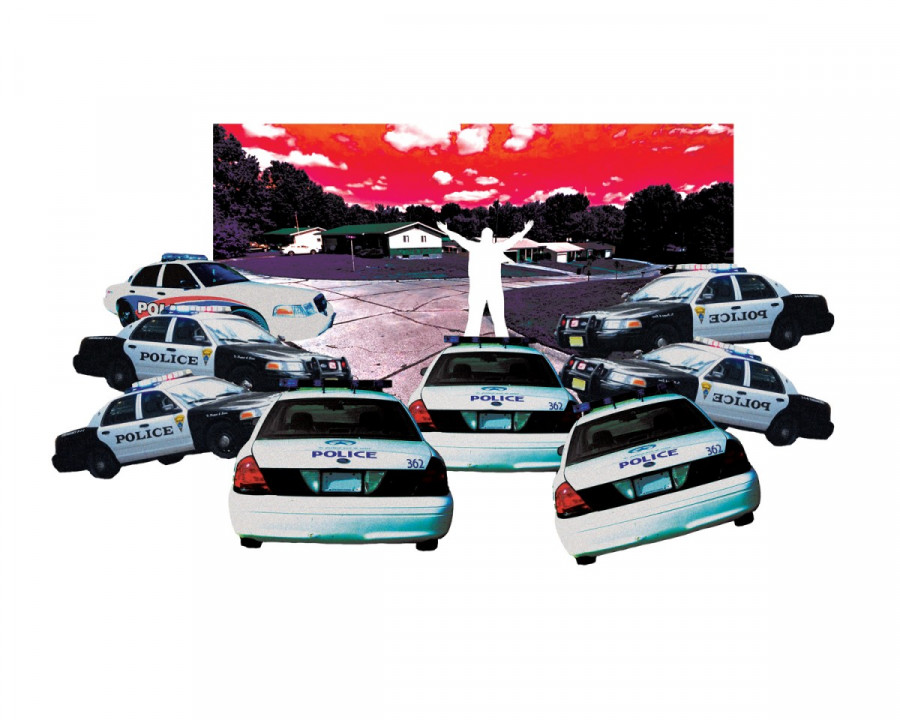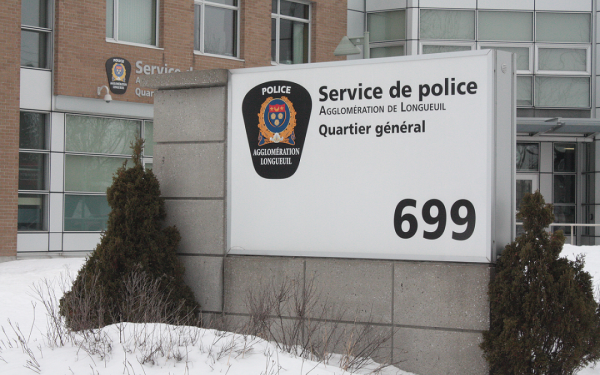The Fires That Bind: Neoliberal Parallels From Ferguson to Montreal
There will come a time in our lives when we will set our backyards on fire and watch them burn.
In most cases, the fire will be extinguished. But sometimes the force of the blaze will burn unhindered and spread, connecting with other fires until there is nothing left to burn but the ground underneath.
This is what happened last week in the United States and Canada, and at its root is the everyday lived experience of neoliberalism.
The first fire occurred last Monday in Ferguson, Missouri after the announcement that a grand jury did not indict Darren Wilson, a white police officer, for shooting and killing Michael Brown, an unarmed black teenager, over an alleged robbery of cigarillos at a local gas station on Aug. 9. While Ferguson burned on Monday, its flames spread everywhere else.
Throughout the week thousands of people marched against police brutality under the banner of “Black Lives Matter” on the streets of Oakland, Seattle, Los Angeles, San Francisco and New York City.
In Montreal, hundreds of people gathered for a vigil at McGill, listening to American members of the Black Students’ Network express their fear of going back home for the winter break. While the Montreal police watched from a distance, the crowd lit candles and sang “Amazing Grace.”
These moments fit within the all-too-familiar reality of neoliberal economic restructuring and public policies that have shaped the North American landscape since the early 1970s.
Under neoliberalism, the state and its managerial responsibilities have been scaled down to the municipal level.
City governments, now given more responsibility but fewer resources and revenue streams, turn their internal governance structures towards entrepreneurialism and privatize public utilities, slash public services such as public transit funding, and in turn fight with other cities both regionally and globally for capital investment.
The result of this zero-sum game has led to a geography in the United States where cities incite big-box retailers to move down the street through corporate tax schemes–-effectively turning the suburbs into places of continual abandonment as capital moves from one location to another.
From 2000 to 2010, the governments in the St. Louis region spent $1.3 billion in tax incentives through a policy tool known as tax increment financing to subsidize development.
TIF, as it is known, was designed to encourage urban renewal and ease the burden for developers in building a retail strip mall or an office park. When mapped, however, the majority of the municipalities using TIF tend to be in wealthier and predominantly white, suburban areas—not the districts the policy was originally designed for.
The climax of this zero-sum geography occurred during the mid-2000’s, after the US Supreme Court ruled in favour of cities using eminent domain (taking private property for public use) after Kelo v. City of New London.
Municipalities in St. Louis County, emboldened by the ruling, used eminent domain to clear “blighted” neighbourhoods for development—mostly working-class to middle-class residential areas, but in some cases, subdivisions of minorities within a majority white city.
This use of eminent domain has effectively signaled the return of a particular neoliberalized urban slum clearance policy direction in the United States.
Unable to use TIF policies or similar measures, cash-strapped inner-ring suburban communities—which in North St. Louis County have been decimated by economic decline, the historical legacies of racial covenants and redlining, white flight and predatory subprime mortgage lending during the financial crisis—have resorted to using the police force as the local revenue stream.
According to ArchCity Defenders, a law advocacy group in St. Louis, the cities of Ferguson and Florissant, both in North St Louis County, made $3.5 million from the municipal courts in 2013. Pine Lawn, another neighbouring city, where the population is 96 per cent African-American and has a per capita income of $13,000, made $1.7 million from court fees.
For stops and searches in Ferguson, 86 per cent of all police stops involved a black motorist, even though the total African-American population for the city is 67 per cent – only 12.7 per cent of stops were white motorists, who make up of 29 per cent of the population.
The use of the police as revenue generators demonstrates both the pervasiveness of neoliberal restructuring after decades of decline and the historically localized legacies of racism and segregation that manifest within the processes of capital accumulation.
Outside the governance of the state, another fire has erupted over the past year—a nation-wide grassroots movement demanding $15 an hour as the minimum wage.
What started with fast food workers going on a one-day strike in cities such as New York, Cleveland and Chicago has led to more organized efforts at the city level in cities like Seattle, which saw $15 an hour become law.
The movement has now shifted to Wal-Mart, where employees are using the tactics of illegal sit-ins. On “Black Friday,” the day after Thanksgiving in the United States, these two fires of anti-police brutality and the labour movement seemed to converge as over 1,600 Wal-Mart locations experienced sit-ins, with some expressing solidarity with Ferguson.
In St. Louis this led to “dead-ins,” which saw protestors falling to the ground, mimicking dead bodies, at local malls and Wal-Marts. The stores closed for hours and the malls were temporarily shut.
Taken as a whole, the localized fire of Ferguson now resembles a semi-organized national movement of two particular struggles from within the same class and racial groups—marginalized minorities. The people who live in places like Ferguson work in retailers like Wal-Mart, and this reality cannot be untethered politically. What we are witnessing is two sides of the same movement for equality and justice.
What does this mean, however, for Quebec and Canada? The voices against austerity here are aligned with those to the south. The experience of neoliberalism through the policing and subsidizing of the crisis will happen here too, but on different terms, reflecting the historically rooted race and class histories of Canada and Quebec.
In the end, neoliberalism is an economic philosophy and political agenda that does not attempt to tackle the structural legacies of racism and settler colonialism, nor the geographic unevenness of capital accumulation, but exploits both for the benefit of a particular class of individuals.
In other words, the fires we are currently witnessing right now will never be put out as long as they continue to be stoked. We have nothing to fear and everything to gain.


_600_832_s.png)


_600_375_90_s_c1.jpg)
